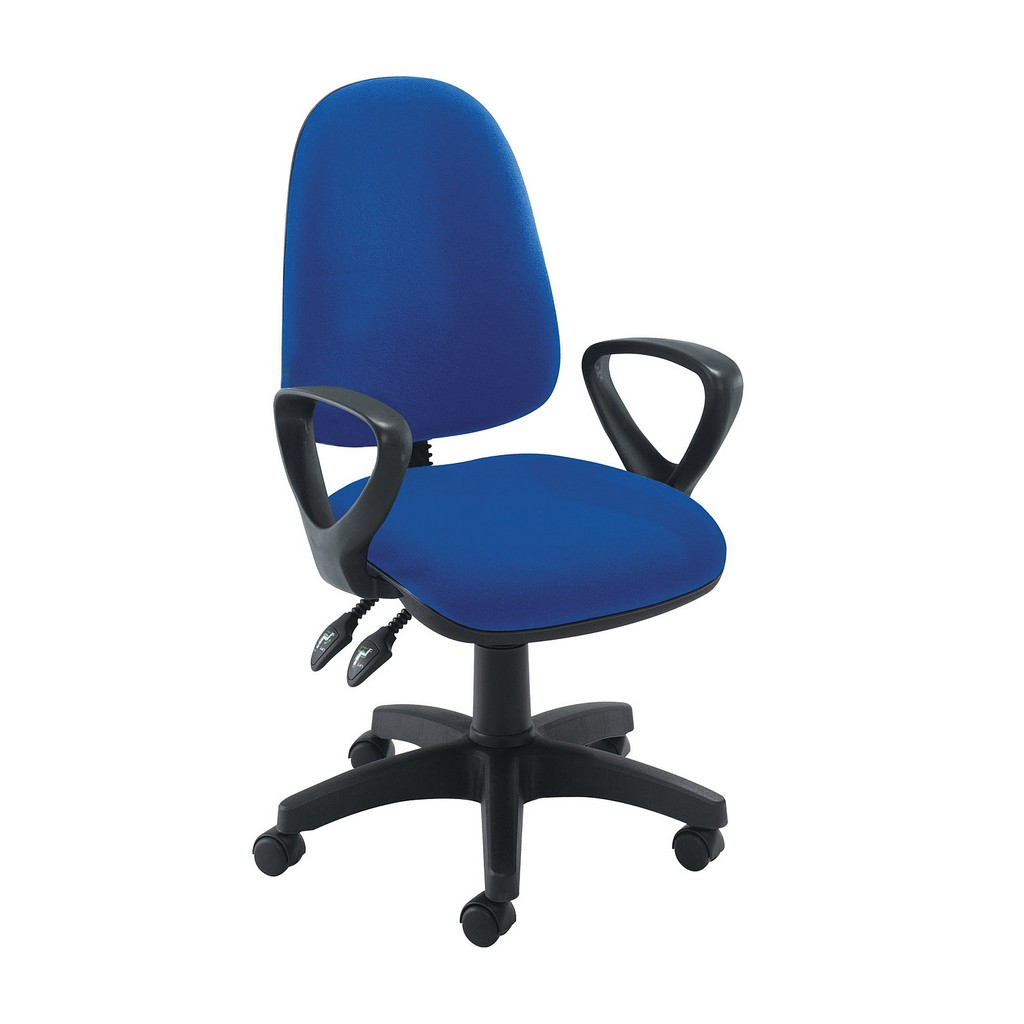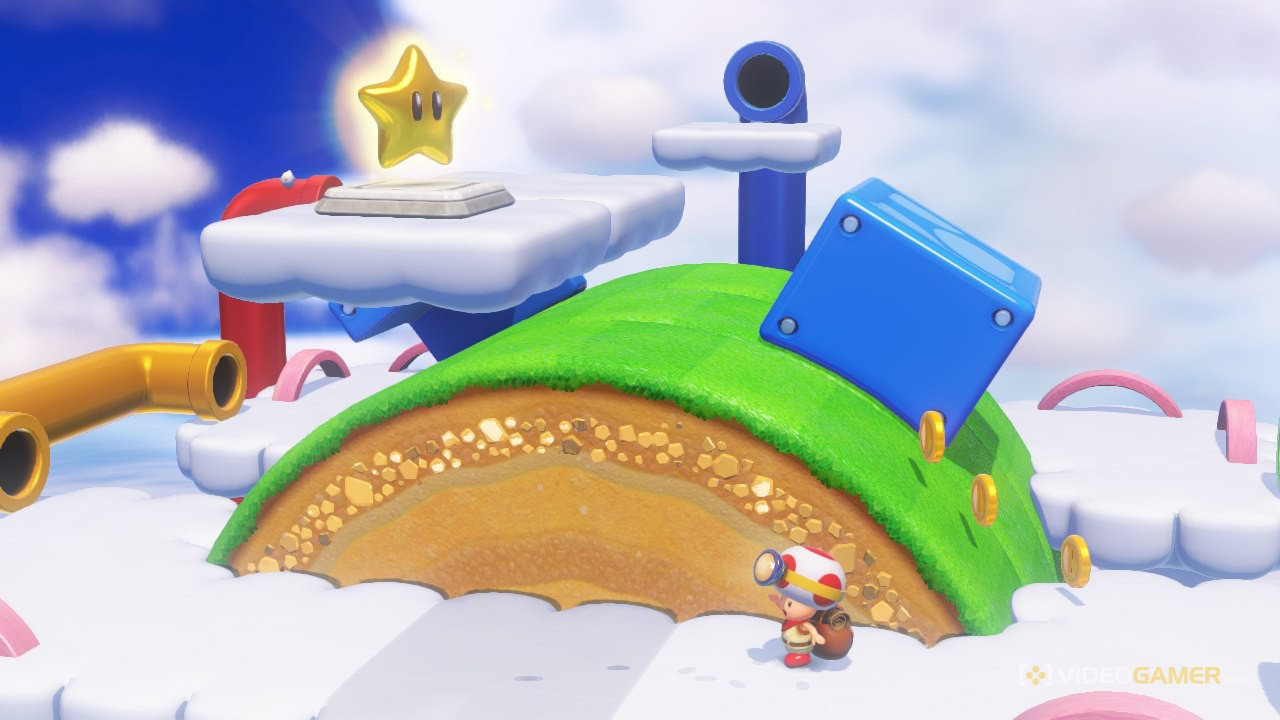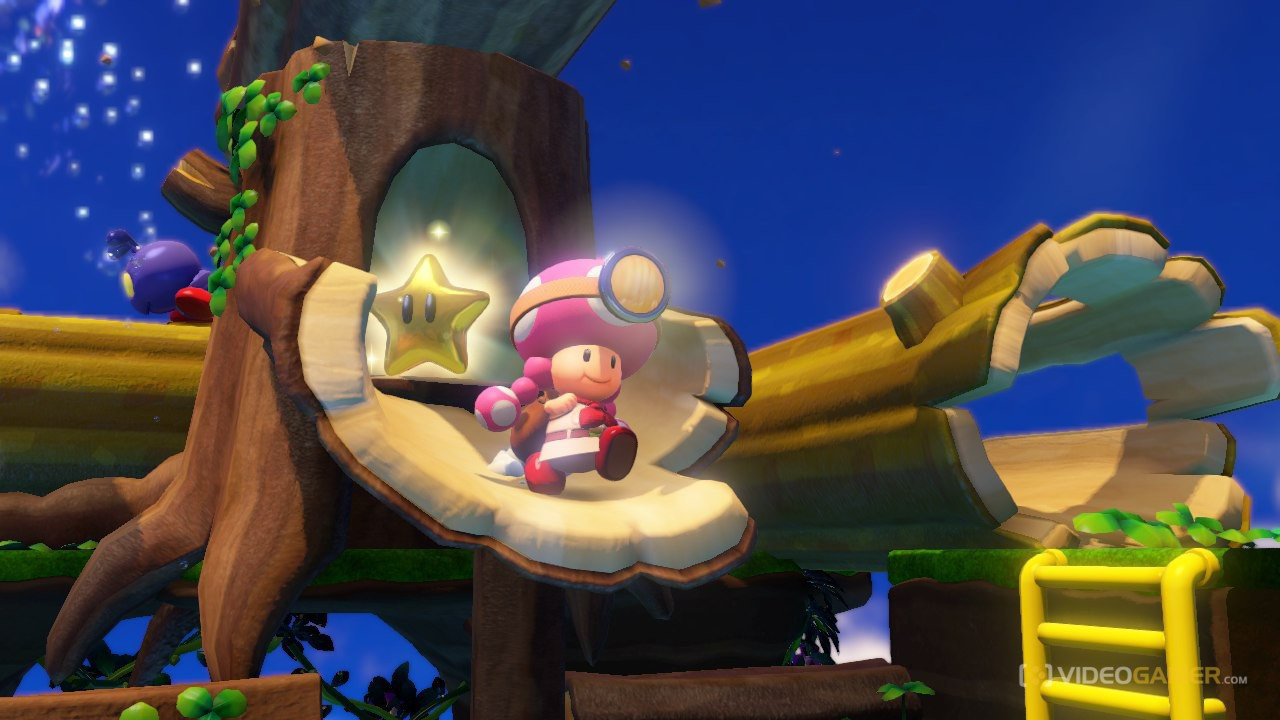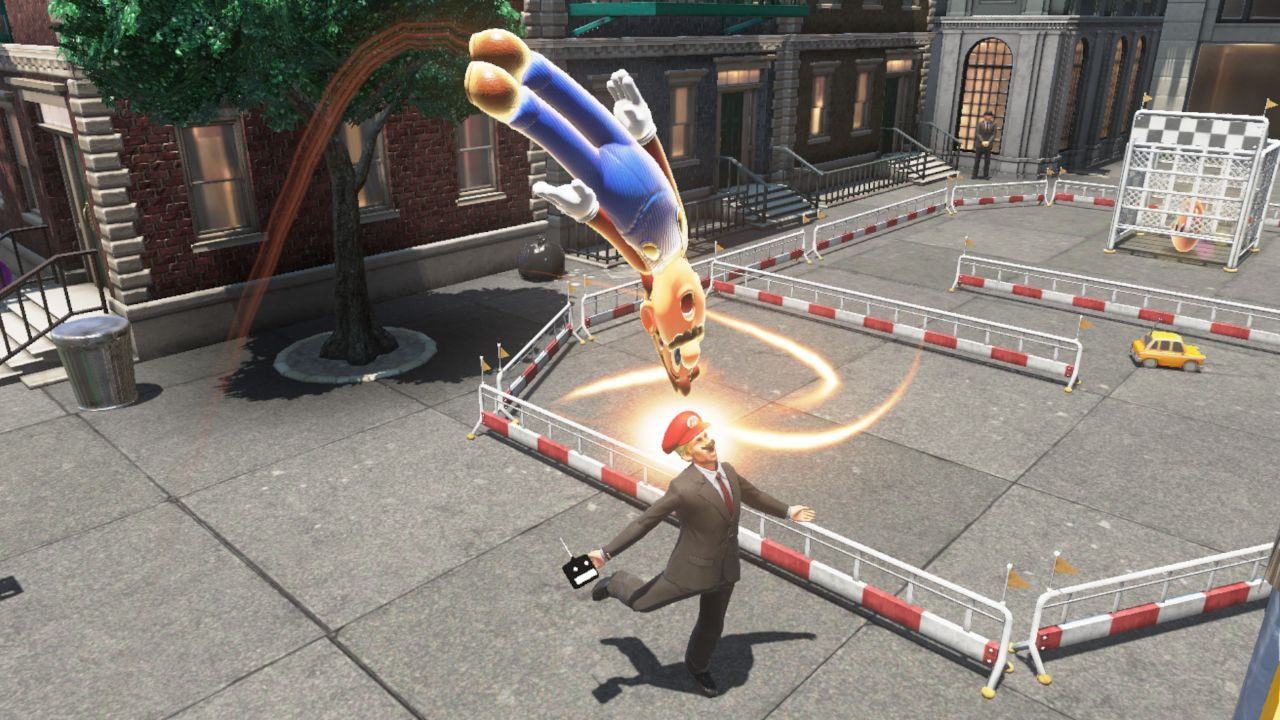The BRAWL² Tournament Challenge has been announced!
It starts May 12, and ends Oct 17. Let's see what you got!
https://polycount.com/discussion/237047/the-brawl²-tournament
It starts May 12, and ends Oct 17. Let's see what you got!
https://polycount.com/discussion/237047/the-brawl²-tournament
Office Chair Modeling, and a workflow discussion
Hi,
It's a new year and I have got a new question: how would you tackle a model that is partially hard surface? Like an Office Chair for example (see images below).
Like musashidan once summarized, there are just so many ways to model these days.
In this particular case:
a) The bottom half is probably much faster with boolean and procedural mesh: what Modo / 3ds excels at.
b) The upper half is probably much faster with sculpting and retopology: what ZBrush / 3D Coat excels at.
c) And of course the general approach still works: Maya / Blender would do a fine job given more time.
d) If it is a sci-fi high-tech office chair then face-weighted normal and mesh decals can come into play as well.
More generally speaking:
- I understand the ideal modeling approach is to consider method case by case.
- But I face a variety of objects, from hard surface to organic goods to something in between. (by "variety" I mean something like Captain Toad's colorful dioramas or Super Mario Odyssey, low poly yet fun.)
- It's hard to get good at so many different approaches given budget and time.
- So far, I have mainly been using the traditional modeling workflow (method c), it works, but I feel there are ways for me to model faster.
So my actual question goes beyond modeling a simple chair:
- Should I invest time in learning more approaches, even though I am not making AAA realistic models?
- Do most people end up shoehorning their favorite approach?
Thx and images!




It's a new year and I have got a new question: how would you tackle a model that is partially hard surface? Like an Office Chair for example (see images below).
Like musashidan once summarized, there are just so many ways to model these days.
In this particular case:
a) The bottom half is probably much faster with boolean and procedural mesh: what Modo / 3ds excels at.
b) The upper half is probably much faster with sculpting and retopology: what ZBrush / 3D Coat excels at.
c) And of course the general approach still works: Maya / Blender would do a fine job given more time.
d) If it is a sci-fi high-tech office chair then face-weighted normal and mesh decals can come into play as well.
More generally speaking:
- I understand the ideal modeling approach is to consider method case by case.
- But I face a variety of objects, from hard surface to organic goods to something in between. (by "variety" I mean something like Captain Toad's colorful dioramas or Super Mario Odyssey, low poly yet fun.)
- It's hard to get good at so many different approaches given budget and time.
- So far, I have mainly been using the traditional modeling workflow (method c), it works, but I feel there are ways for me to model faster.
So my actual question goes beyond modeling a simple chair:
- Should I invest time in learning more approaches, even though I am not making AAA realistic models?
- Do most people end up shoehorning their favorite approach?
Thx and images!





Replies
If you are working with other people then it's ofc better to have a structured workflow and make sure things are easy to edit in the future by other ppl as well, so shoehorning your own favorite workflow might not always be the best option even if it might be the fastest for the moment.
1 - A way to block in forms as fluidly and intuitively as possible. Some use dedicated sculpting programs for that ; some use the built-in tools of their main 3d apps.
2 - A way to build clean geometry on top of this roughed-in base (and that too is possible in any 3d app out there).
And ... that's it. It applies to traditional art just as well as it does to 3D modelling, from "high end" assets baked from high to low with unique UVs, to seemingly more "low end" assets using straightforward geometry and tiling textures as demonstrated by Nintendo. Whichever 3d app you are currently using is perfectly able to do all that.
I think a concrete example might help illustrate my current "modeling speed" issue a bit better.
So say I want to make a simple bar counter like this:
This looks easy, right, mostly primitive shapes.
But it ends up taking me 5 hours to get to this (model -> uv -> baking -> test material)
The main reason, after reviewing my progress, is I wasted too much time on retries:
- At first I wanted to go support loop and subd route, but after some testing, end up using chamfer approach.
- When modeling the foot rail I started with the pipe, but it costs me a lot of time to align the T and L turns; I should have started with the turns and then bridge them.
- Because I model the counter as a single mesh, I end up having to re-route some edges so that my UV shells matches wood panels and unfold straight.
- I made some mistakes merging vertices while fixing ngons (created some poles). But I realized it a bit too late, so have to roll with these mistakes.
Number of iterations I have made during these 5 hours:
I knew pretty much what I needed to do, but I wish I could have nail it on my first try, it would have been less than 30 minutes.
And that's basically how much time I spend when I face an object I haven't modeled before... (you can imagine the time I need to nail that office chair).
If software doesn't help, can I get a cheatsheet or something to make my modeling flow better?
For your low-poly, you'll save a lot of time by deciding roughly what you want the UVs to look like and how you're going to LOD it before you start modelling.